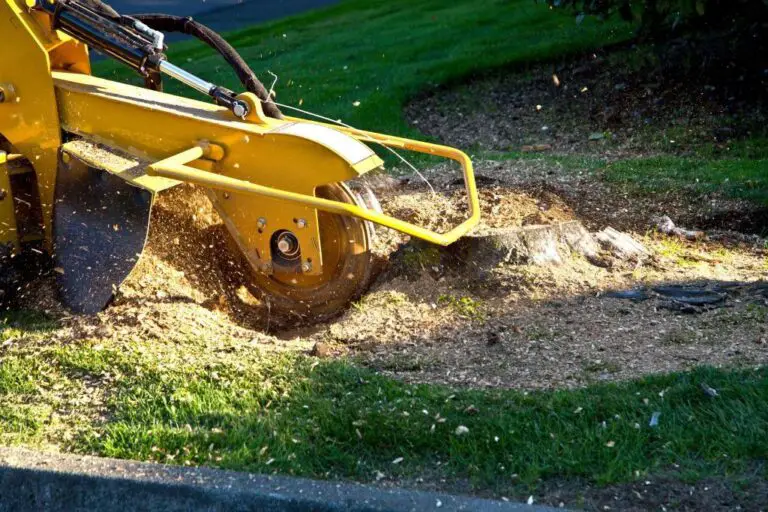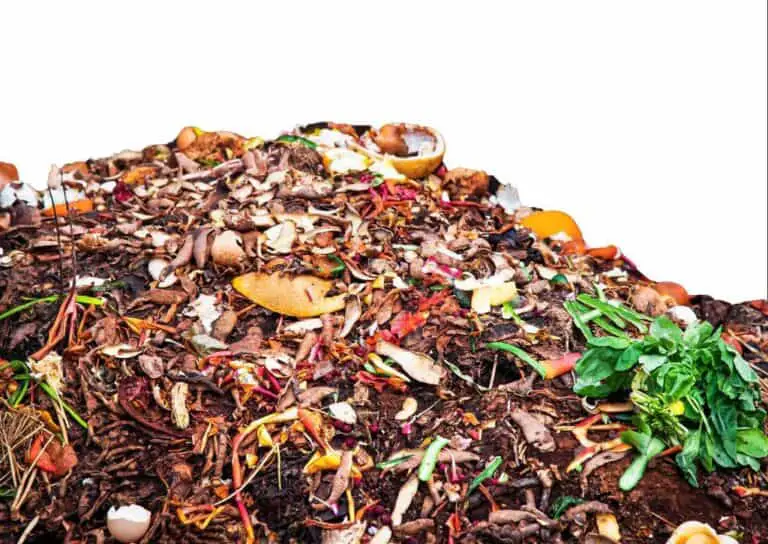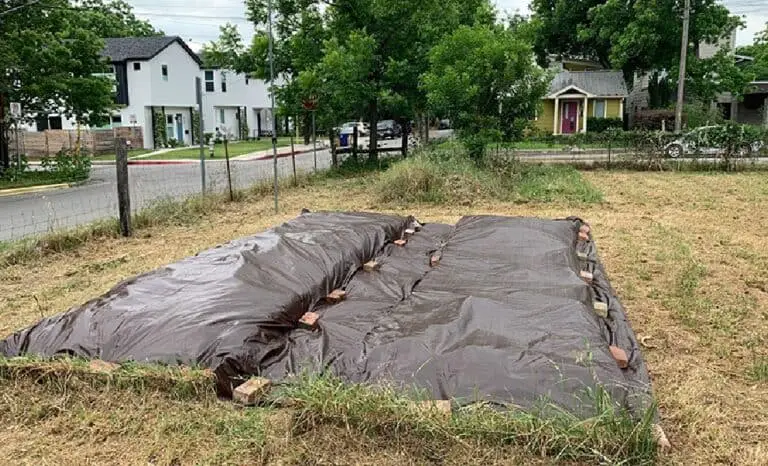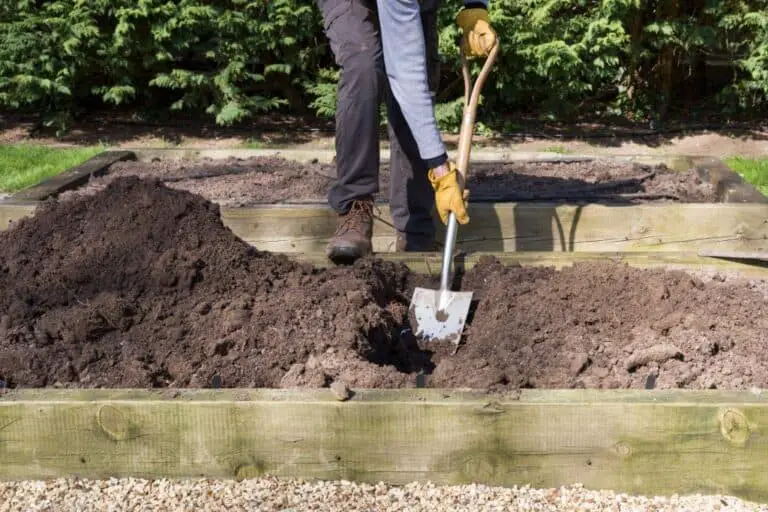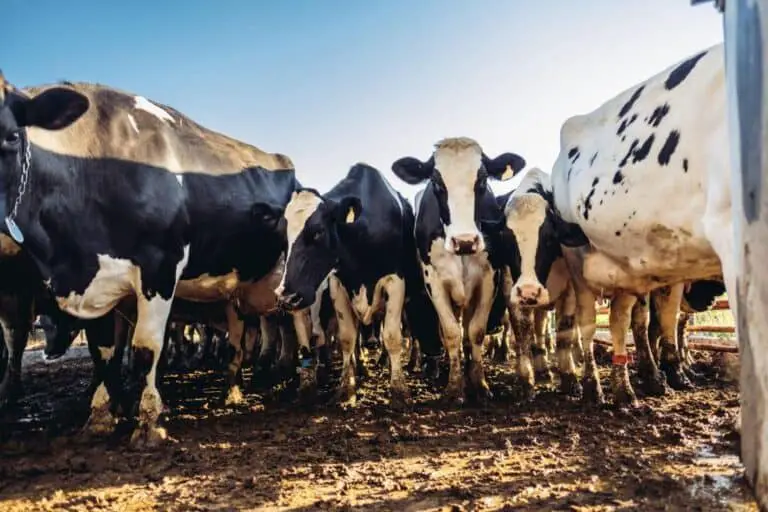What to Spray after Forestry Mulching? Effective Post-Mulching Treatment

Are you looking to maximize the benefits of forestry mulching on your land? If so, you’ll want to make sure you have a solid plan for post-mulching treatment. While mulching alone can go a long way toward improving the health of your soil and vegetation, there are certain sprays you can use to further enhance the results.
But with so many options out there, it can be overwhelming to decide what to spray after forestry mulching. That’s where this article comes in.
In this guide, we’ll talk about the best treatments you can use after mulching. These include herbicides, fertilizers, soil stabilizers, and sprays that stop erosion. We’ll talk about what’s good about each treatment and how it can help you reach your goals. But it’s not just about knowing what to spray; application is just as important.
To make sure you get the most out of your post-mulching treatment, we’ll also tell you when and how often to apply it, how much to mix and dilute it, and how to use the sprayer.
Whether you’re a landowner looking to improve the health and appearance of your property, or a professional mulching contractor looking to provide the best possible service to your clients, this article will provide the knowledge and tools you need to make the most of your forestry mulching investment.
So, let’s dive in and explore what to spray after forestry mulching.
Introduction to Forestry Mulching
Forestry mulching is a good way to clear land. Specialized equipment is used to break up trees, shrubs, and other plants into small pieces. This process creates a nutrient-rich layer of organic matter that can be left on the ground to decompose or used as mulch for gardening or landscaping purposes.
Forestry mulching is a popular choice for landowners, developers, and environmental agencies because it is fast, cost-effective, and environmentally friendly.
One of the best things about forest mulching is that it helps keep the soil and plants healthy. By breaking down organic matter into small particles, forestry mulching helps create a layer of nutrient-rich soil that is ideal for growing new vegetation. This layer also helps keep water in the soil and stops erosion, which is very important in places with a lot of rain or steep slopes.
Additionally, the small size of the mulched material makes it easier for plants to access nutrients and water, which can lead to faster and more robust growth.
Forestry mulching is also a great way to get rid of unwanted plants on a property without hurting the landscape around it. Instead of using bulldozers or excavators to clear land, forestry mulching is a non-invasive method that leaves the soil and root systems alone.
This means that after mulching is done, the land can be quickly and easily put back to its natural state without having to regrade or replant, which can be expensive and take a long time. Also, the mulched materials can be left on site to break down, which means they don’t have to be hauled away and the project has less of an impact on the environment.
Importance of Post-Mulching Sprays & Treatments
Post-mulching sprays are a popular topic among gardeners and landscapers, but what exactly are they and why are they so important? In simple terms, a “post-mulching spray” is a liquid solution that is applied to the top layer of mulch after it has been laid down.
Most of the time, the solution is made of water and a special mix of nutrients and minerals that help plants grow and protect them from pests and diseases.
The main benefit of using post-mulching sprays is that they help create a healthy growing environment for your plants. Your plants’ roots take up the nutrients in the solution, which helps them become stronger and more resilient.
The solution can help stop bad fungi and bacteria from growing, which can hurt your plants and spread diseases. By applying a post-mulching spray, you can help ensure that your plants have the best possible chance of thriving in your garden or landscape.
Another key advantage of using post-mulching sprays is that they can help reduce the amount of maintenance required to keep your garden or landscape healthy. By promoting healthy plant growth and preventing the spread of disease, you can reduce the need for chemical treatments and other types of pest control.
Also, sprays used after mulching can help improve the overall look of your garden or landscape by encouraging lush, healthy growth and making bare spots or other flaws less noticeable. Overall, investing in post-mulching sprays can be a smart and cost-effective way to enhance the health and beauty of your outdoor space.
What to Spray after Forestry Mulching?
Forestry mulching is an effective way to clear large areas of land quickly and efficiently. However, once the mulching is done, it’s important to take steps to ensure that the newly cleared land remains healthy and productive. One way to do this is by spraying a variety of different solutions that can help to control weeds, fertilize the soil, stabilize the ground, and prevent erosion.
1. Herbicide
One common type of spray used after forestry mulching is herbicide. Herbicides are chemical solutions that kill unwanted plants, like weeds or species that spread quickly. By using herbicides after mulching in a forest, you can help keep these plants from coming back and competing with the new growth you want to encourage.
2. Fertilizer
Another important type of spray is fertilizer. Nutrients like nitrogen, phosphorus, and potassium, which plants need to grow, are found in fertilizers. After forest mulching, you can help replenish the soil and encourage healthy plant growth by spraying it with fertilizer.
This is especially important in areas where the soil may have been depleted due to years of overuse or neglect. In some circumstance, perhaps just want to grow grass after forestry mulching and not any other plants before utilize the land.
3. Soil Stabilizer/ Erosion Control
In addition to herbicides and fertilizers, there are also a number of soil stabilizers and erosion control sprays that can be used after forestry mulching. Soil stabilizers help stop soil from washing away by holding the soil together and making the surface more stable. Erosion control sprays work by creating a protective barrier that helps prevent soil from washing away during heavy rain or other natural events.
Factors to Consider When Choosing Post-Mulching Sprays
When selecting the appropriate post-mulching spray, there are several important factors to consider.
1. Soil Type and Condition
The first factor is the soil type and condition. The type of soil will influence the types of plants that can grow in the area and will determine the types of nutrients that the soil needs. If the soil is acidic, for example, a lime-based spray may be needed to adjust the pH level of the soil. On the other hand, if the soil doesn’t have enough nutrients, you may need to spray the plants with fertilizer to help them grow well.
2. Plant Species and Growth Stage
Another important factor to consider when choosing a post-mulching spray is the plant species and growth stage. Different plant species have different needs when it comes to nutrients and growth conditions. Some plants may require more water or sunlight than others, while others may be more sensitive to certain chemicals.
The growth stage of the plants will determine what type of spray is needed. For example, seedlings that have just been planted may need a different kind of spray than plants that have already grown.
3. Climate and Weather Conditions
Lastly, climate and weather conditions can also have a big impact on how to choose the right spray to use after mulching. In places with a lot of rain or humidity, an erosion control spray may be needed to keep the soil from washing away and help plants grow well.
In places where it is hot and dry, a spray that helps plants hold onto water may be needed to make sure they get enough water to grow. Keeping these things in mind can help make sure that the right post-mulching spray is chosen and used correctly for the best results.
Tips for Successful Post-Mulching Sprays

After forestry mulching, applying the right sprays can help ensure the long-term health and vitality of your land. But even with the right products, it’s important to know how to apply them correctly for the best results.
Here are some key tips for applying post-mulching sprays.
Timing and frequency are two key factors to consider when applying post-mulching sprays. For herbicides, it’s important to apply them when the weeds are actively growing, usually in the spring or fall. Applying herbicides too early or too late in the season can reduce their effectiveness.
Fertilizers, on the other hand, should be applied at specific times of the year depending on the type of plant you’re trying to grow. It’s also important to consider how often to apply sprays. Over-applying can be harmful to your plants, while under-applying can be ineffective.
Mixing and dilution ratios are also important considerations when applying post-mulching sprays.
WARNING![]()
Always read the label carefully and follow the mixing and dilution ratios that are suggested. If you don’t mix things right, you could end up with sprays that don’t work or are even bad for your plants. It’s also important to mix your sprays in a clean and safe area, away from any sources of contamination or pollutants.
Finally, selecting the right sprayer equipment and techniques can make a big difference in the effectiveness of your sprays. For larger areas, a boom sprayer may be the best choice, while a hand-held sprayer may be more appropriate for smaller areas.
Select the right nozzle size and pressure for your specific spray, and to use the appropriate technique for the type of spray you’re using. Some sprays need a fine mist to get into the soil, while others need a heavier spray.
By following these application tips, you can make sure that the sprays you use after mulching will work and help your land. Proper timing, mixing, and equipment selection can help ensure that your land stays healthy and productive for years to come.

